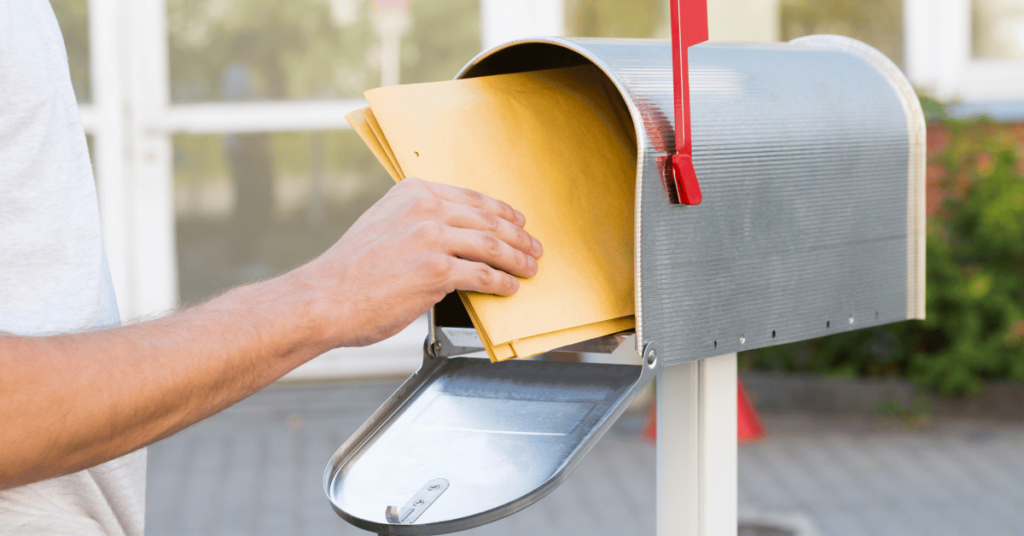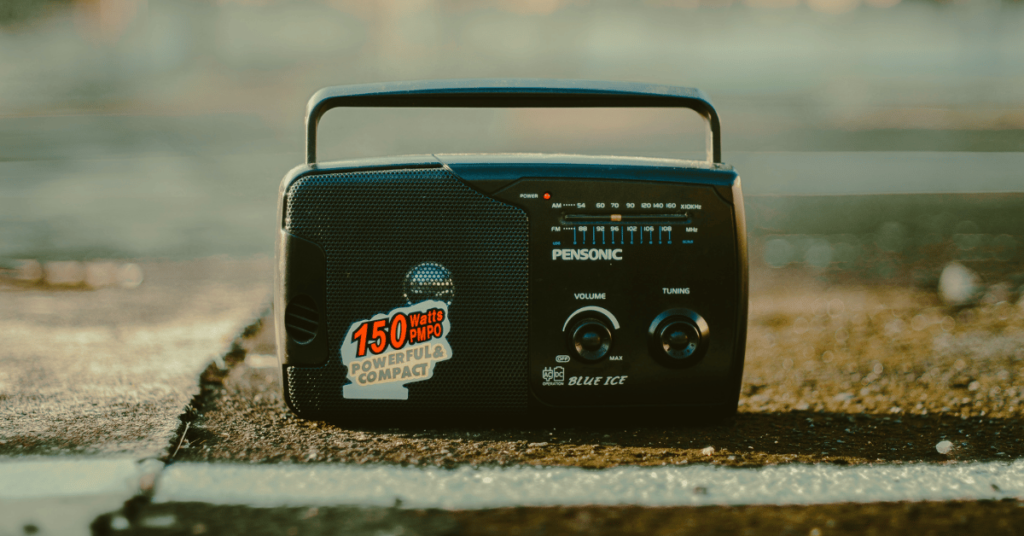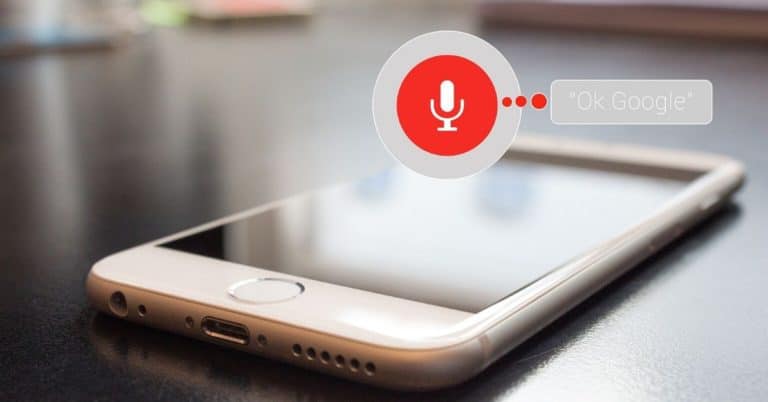How Vintage Marketing Techniques are Making a Surprising Comeback
Flashback to a time before smartphones buzzed with notifications and email inboxes brimmed with ads. A time when a handwritten mailer felt like a special gift, and businesses thrived by creating personal connections within their neighborhoods. It may seem like eons ago, but in the fast-paced world of marketing, what’s old often becomes new again.
As the digital age propels us forward, an unexpected twist is unfolding in the world of advertising. In a delightful blend of old and new, nostalgic marketing techniques are making a surprising comeback, offering businesses a refreshing way to connect with their audiences.
Buckle up as we journey back in time to rediscover these classic tactics reborn in our modern era.
1. The Power of Nostalgia in Marketing
Picture this: a familiar jingle from your childhood playing in the background of a commercial, or an iconic image from a decade ago gracing a product’s packaging. Almost instantly, a wave of memories and emotions flood in. That’s the magic of nostalgia. It’s more than just a trip down memory lane; it’s an emotional powerhouse that connects us to moments of joy, comfort, and sometimes even a pinch of melancholy.
Nostalgia, in its essence, is a potent tool because it’s personal. It tugs at heartstrings, reminding people of simpler times or cherished memories. When brands tap into these feelings, their messages become more than just advertisements—they transform into memorable experiences. Remember the comeback of the Polaroid camera or the resurgence of vinyl records? These aren’t mere coincidences. They’re calculated moves by brands to capitalize on our collective yearning for yesteryears.
Furthermore, in a world saturated with digital ads vying for our attention, nostalgic marketing stands out. It offers a comforting escape from the present, taking consumers on a sentimental journey. And this journey, more often than not, fosters a deeper emotional connection between the brand and its audience. A connection that can lead to brand loyalty and, ultimately, increased sales.
Several brands have brilliantly harnessed the power of nostalgia. Think of Coca-Cola reviving their classic “Hilltop” ad or Nintendo’s reintroduction of the NES Classic Edition. These campaigns didn’t just rely on the novelty of the past but skillfully blended it with modern sensibilities, ensuring both resonance with older generations and appeal to newer ones.
In essence, nostalgia is timeless. And as brands search for genuine connections in today’s fast-paced market, a look to the past might just be the future of impactful marketing.
2. The Tangible Touch: Physical Mailers

Imagine the thrill of reaching into your mailbox and instead of the usual bills or generic flyers, you find a carefully crafted, tactile piece of mail from your favorite brand. It’s an experience, right? In an era where our inboxes are continually bombarded with digital adverts, physical mailers feel like a breath of fresh air—a tactile treasure amid the fleeting digital world.
One of the standout traits of physical mailers is their inherent tangibility. Holding a piece of mail, feeling its texture, and manually opening it engages multiple senses. This sensory involvement inherently makes the experience more memorable than just another fleeting online ad or email. The physicality of the mailer conveys effort and thought, signaling to the recipient that they’re valued.
Moreover, the personal touch that comes with physical mailers can’t be underestimated. While digital advertising can often feel cold and impersonal, a well-designed mailer can exude warmth and authenticity. Personalized touches, like addressing the recipient by name or tailoring the content to their preferences, can turn a simple piece of mail into a potent marketing tool.
Recent trends showcase a slew of companies reinventing the physical mailer wheel. For instance, some brands are incorporating QR codes that link to exclusive online content, bridging the gap between the physical and digital worlds. Others employ eye-catching designs, quirky folds, or even scented papers to make their mailers stand out.
But why this sudden love for something so… old-school? The answer lies in differentiation. In the crowded digital market, standing out is the name of the game. Physical mailers, by virtue of their rarity today, inherently grab attention. Plus, for many, they evoke a sense of nostalgia—reminding them of a time when personal letters and postcards were the norm.
In conclusion, physical mailers are more than just paper and ink. They’re tactile ambassadors of a brand’s message, capable of forging connections that are both deep and lasting. As we navigate an increasingly digital world, the charm and effectiveness of these tangible tokens only seem to grow.
3. Getting Cozy with the Community: Local Marketing and Local Sponsorships

Ever noticed how a billboard about a neighborhood event or a local store advertisement on a park bench has a unique charm to it? It feels close to home, literally. That’s the allure of local marketing and sponsorships. In a world where global campaigns and viral hashtags often take center stage, there’s a rekindled appreciation for the humble and genuine connection local marketing initiatives foster.
Local marketing is not just about advertisements; it’s about building relationships. When businesses show they care about their immediate community, it strikes a chord with the locals. They’re not just another audience; they’re neighbors. Local marketing offers businesses the golden chance to be seen not as corporate entities, but as community members who genuinely care. This kind of authenticity can’t be faked and resonates deeply with people.
Now, let’s chat about local sponsorships. Think about the last time you attended a local sports game and saw a business logo cheering the team from the sidelines. Or when a company sponsored school supplies for a nearby school. These gestures might seem small on a global scale, but their ripple effects in the community are immense. Local sponsorships amplify a brand’s presence while echoing its commitment to community growth and wellbeing. It’s a win-win: the community receives support, and the business gains trust and loyalty.
Take, for instance, a local bakery sponsoring jerseys for a youth soccer league. Every time the team plays, the bakery’s name is on display. Parents, friends, and community members see a brand actively rooting for their local heroes. The brand message here is clear: “We’re part of your community, and we care.”
Moreover, local marketing and sponsorships are particularly impactful in fostering word-of-mouth publicity. In tight-knit communities, news travels fast. A business that actively engages in and supports its local community often finds its name shared in positive stories, recommendations, and endorsements.
In wrapping up, the beauty of local marketing and sponsorships lies in their simplicity and genuineness. As companies seek to stand out in an oversaturated market, the old adage rings true: sometimes, home really is where the heart is. By rooting their efforts in local communities, businesses can find a heartwarming path to success.
4. Direct Customer Outreach: Going Back to Personal Connections

Pop quiz! Would you rather receive a generic, automated response to a query or have a genuine conversation with a representative who understands your needs? Most of us would opt for the latter. In the digital jungle of chatbots and automated replies, the human touch of direct customer outreach feels like a refreshing oasis.
Direct customer outreach harkens back to a time when businesses and customers shared a closer, more personal relationship. When shopkeepers knew their regulars by name and could recommend products based on past purchases. This traditional approach to customer service made people feel seen, heard, and valued. It’s no wonder businesses are re-embracing it!
Going direct means businesses can listen actively. They get firsthand insights into customer needs, feedback, and concerns. This not only helps in addressing issues more efficiently but also aids in building trust. When a customer feels that a business genuinely cares for their feedback, loyalty naturally follows.
And it’s not just about solving problems. Direct outreach can also be a proactive measure. Businesses reaching out to check on a customer’s experience, offer personalized discounts, or just send a simple ‘thank you’ note can make all the difference in perception. These gestures, though seemingly small, carry a weight of sincerity that’s hard to replicate.
Modern businesses are now creatively blending old-school direct outreach with new tools. Picture this: a video call with a brand representative to help with a product setup or a personalized email checking in after a significant purchase. Tools have changed, but the core principle remains the same: making genuine connections.
Some might argue that direct customer outreach is time-consuming or resource-intensive. However, the returns in terms of customer loyalty, brand reputation, and organic word-of-mouth referrals often outweigh the initial investments.
In essence, while technology propels us forward, the human desire for genuine connection remains unchanged. By marrying the age-old practice of direct customer outreach with modern tools, businesses can tap into a goldmine of trust, loyalty, and lasting relationships. After all, in the vast world of commerce, a personal touch can make a world of difference.
5. Other Noteworthy Vintage Techniques Making a Comeback

Beyond the ones we’ve delved into, the marketing world is seeing a renaissance of several vintage techniques. These methods, tested by time and now sprinkled with a modern twist, are carving their niche in today’s dynamic marketing landscape. Let’s shed light on a few more of these retro revivals:
- Jingles and Earworms: Remember those catchy tunes from old commercials that you found yourself humming unconsciously? Jingles are making a return! Modern brands are understanding the lasting impact of a catchy melody and are using platforms like TikTok to launch their own viral jingles.
- Pop-up Shops: Drawing inspiration from old market stalls, pop-up shops are temporary storefronts where brands can showcase their products, often in unconventional spaces. They provide a tangible shopping experience, combine the thrill of ‘limited-time’ availability, and capitalize on the nostalgia of traditional marketplaces.
- Storytelling in Advertising: Before the age of flashy visuals and special effects, advertisements relied heavily on compelling narratives. This art of storytelling is making a comeback, with brands weaving tales that resonate with audiences, creating memorable connections.
- Branded Merchandise: While it might seem like a modern trend, creating merchandise has old roots. Think of vintage Coca-Cola collectibles or McDonald’s toys. Companies are revisiting this strategy, realizing the power of physical products in enhancing brand visibility and loyalty.
- Sampling and Demonstrations: Before the digital age’s product reviews, customers relied on in-person product samples and demonstrations. Businesses are reintroducing this hands-on approach, especially in spaces like farmers’ markets, trade shows, or local events, giving customers a direct experience of the product.
- Workshops and Classes: Going beyond selling products, brands are creating experiences. By hosting workshops or classes related to their product—be it a cooking class by a kitchenware brand or a DIY session by a craft store—they’re building communities and fostering deeper connections.
In essence, while technology and innovation are pushing boundaries, there’s a clear realization in the marketing world: the past holds gems that remain ever-relevant. These vintage techniques, with their authenticity and personal touch, are proving to be more than just nostalgia; they’re timeless tools in the marketer’s arsenal, ready to create impact in any era.
Conclusion: The Timeless Charm of Vintage Marketing

As the waves of modernity continually reshape the landscape of business and communication, there’s a beckoning from the past that cannot be ignored. Vintage marketing techniques, once perceived as relics of bygone eras, are now standing tall amidst the digital storm, demonstrating their enduring allure and effectiveness.
The resurgence of these old-school methods is more than just a nostalgic nod. It’s an acknowledgment that genuine human connections, authenticity, and trust are values that remain at the heart of successful marketing—no matter the age or trend. While digital methods offer unparalleled reach and analytics, the tangibility and sincerity inherent in vintage techniques create deep-rooted bonds that many contemporary methods strive to achieve.
In this dance between the past and present, businesses have a unique opportunity. By weaving the warmth of yesteryears with the efficiency of today, they can craft marketing symphonies that resonate on a profound, emotional level. After all, as we propel into the future, sometimes a step back can offer the freshest perspective. And as the lines between the old and new blur, one thing stands clear: the essence of effective marketing lies in its ability to touch the human soul, whether through a heartfelt letter, a community sponsorship, or a familiar jingle echoing from our childhood.
- How Vintage Marketing Techniques are Making a Surprising Comeback - August 9, 2022








